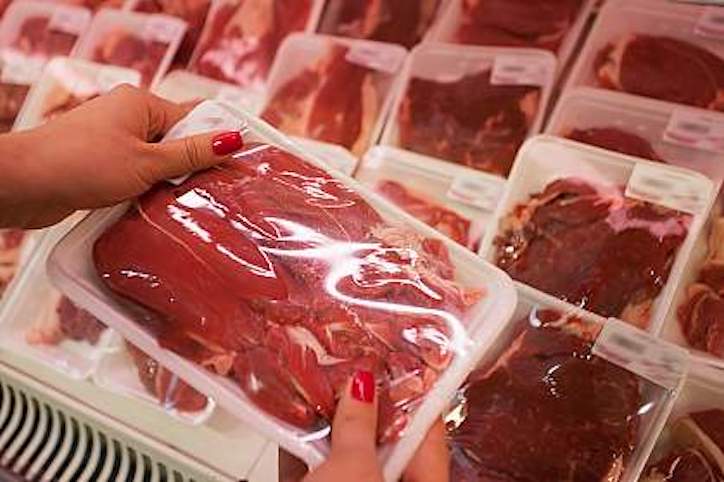USDA Food Safety and Inspection Service (USDA FSIS) officials suspect beef is the source of an E. coli O157:H7 outbreak and have opened an investigation. The agency has not released any details about the outbreak, but one detail of the announcement stands out.
When USDA FSIS suspects that hamburger is the source of an outbreak, it lists “beef, ground” as the suspected source. In 2016, when cuts of meat and ground beef were recalled in connection with an E. coli outbreak, “beef, ground” was listed as the suspected source. For this investigation, the suspected source is just “beef.”
Outbreaks Linked to Beef That is Not Ground Are Rare
Ground beef is the most common source of E. coli outbreaks, according to the Centers for Disease Control and Prevention (CDC). (Leafy greens take the second spot.) When beef is ground, bacteria on the surface of the cuts of meat are mixed throughout. So, it makes sense that ground beef is often listed as the suspected culprit. In fact, dating back to 2016 every E. coli outbreak on the USDA FSIS list of outbreak investigations where a source is specified lists “beef, ground” as the suspected source.
On the CDC list of multistate outbreaks, you have to go back to 2010 to find an E. coli outbreak linked to beef that is not ground. That outbreak, linked to blade-tenderized steaks from National Steak and Poultry, is the only beef E. coli outbreak on that CDC list that is not linked to ground beef. And that list goes back to 2006.
Blade-tenderizing or needle-tenderizing, a process of poking holes in beef cuts to make them more tender, pushes bacteria that is on the surface into the meat. To safely cook this type of meat you have to heat it to an internal temperature of 160˚F, the same temperature for ground beef. Whereas steaks or other cuts of meat that are not tenderized with blades or needles must only reach an internal temperature of 145˚F for safe consumption.
E. coli O157:H7
E. coli O157:H7 is one of a handful of other E. coli strains that produce a Shiga toxin, a substance that is poisonous to humans and causes severe illness. Symptoms of an E. coli O157:H7 infection, which include abdominal cramps and diarrhea that can be bloody, usually develop within three days of exposure. Over-the-counter anti-diarrheal medications and antibiotics should not be given to patients with E. coli infections as they can increase the chance of developing hemolytic uremic syndrome (HUS). HUS is a potentially fatal complication of E. coli infections that affects between 5 percent and 10 percent of E. coli patients.

Experienced E. coli Lawyers
Pritzker Hageman E. coli lawyers have represented clients in every major E. coli outbreak in the U.S. Our clients have included those who battled HUS and families who have suffered the wrongful death of a loved one. If you would like a free consultation with an experienced E. coli lawyer, please contact the Pritzker Hageman E. coli Legal Team. You can reach us by calling 1-888-377-8900, sending a text to 612-261-0856, or completing the form below. There is no obligation and you don’t pay us unless we win.
